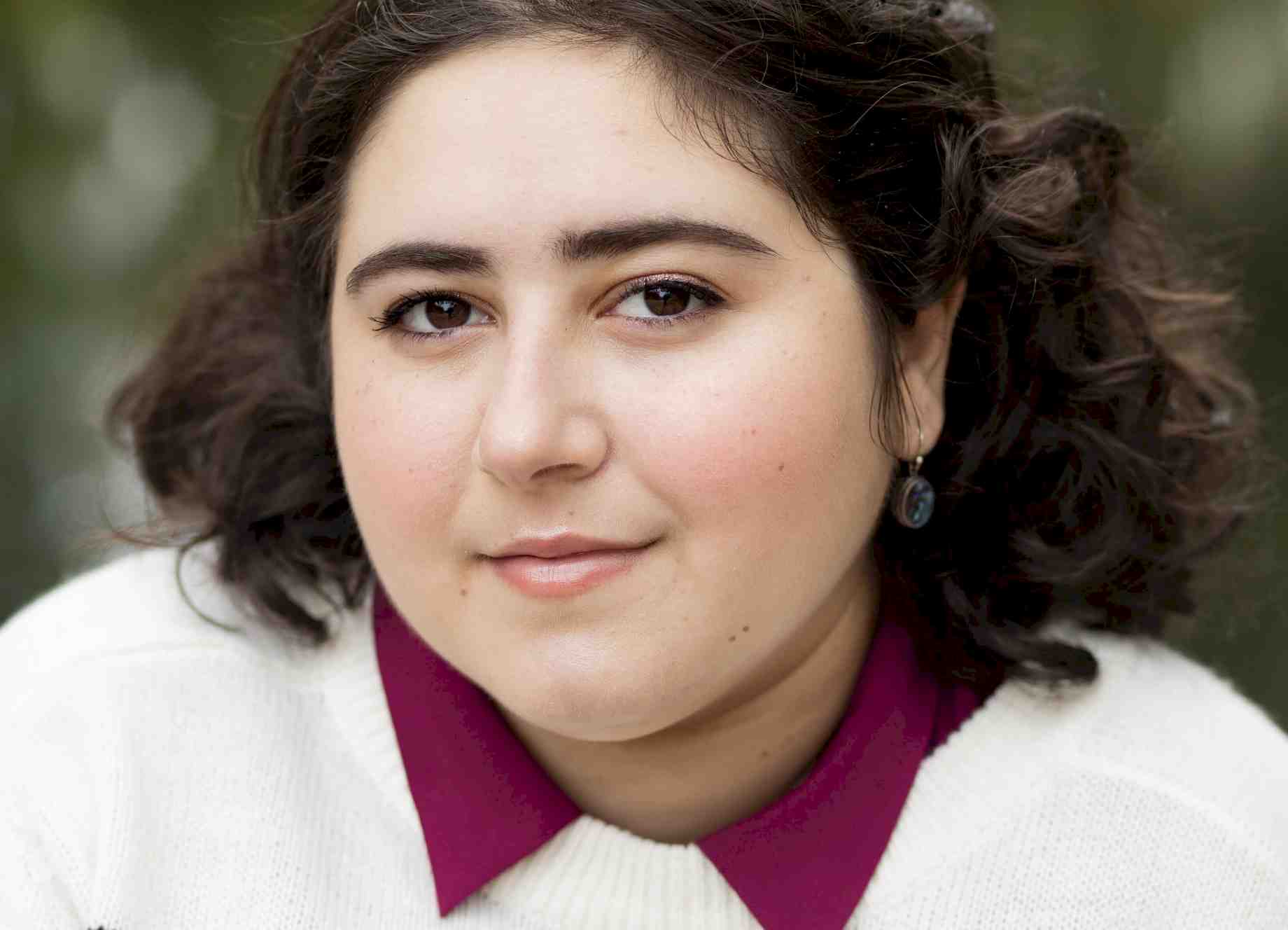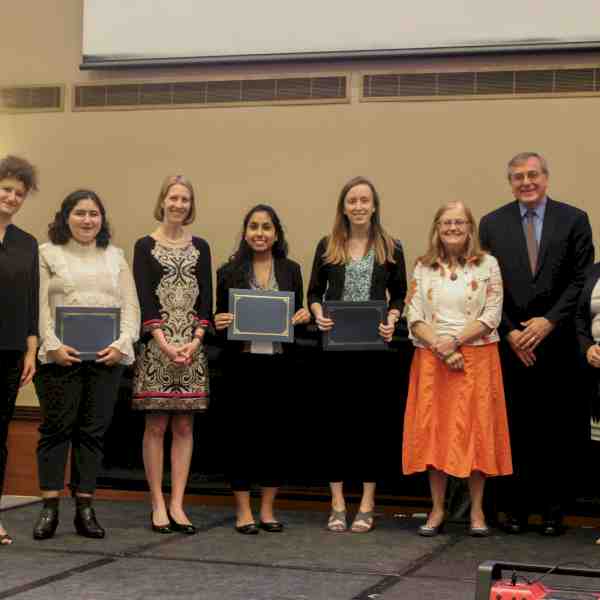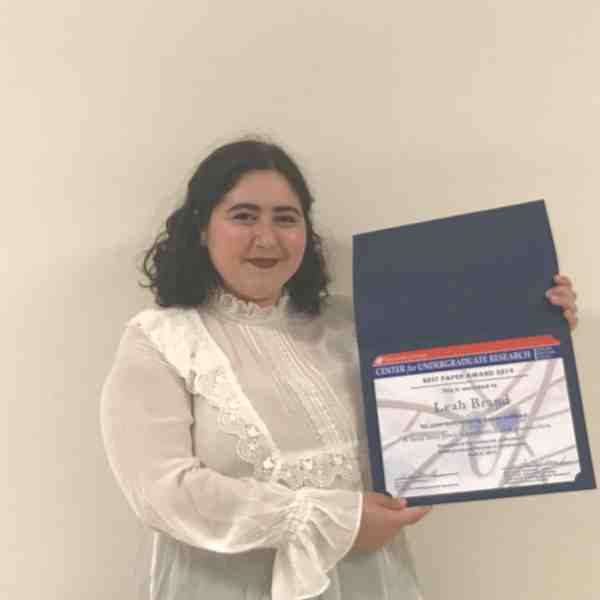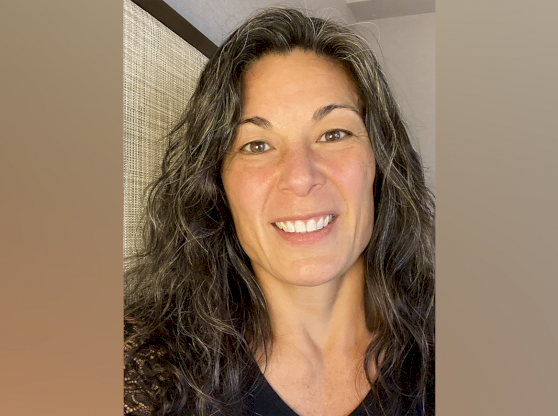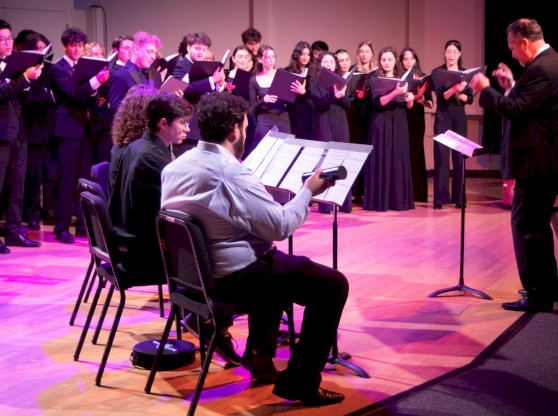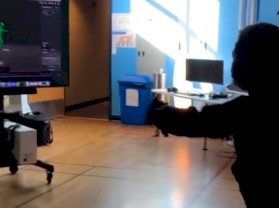Leah Brand (BA Art History ‘19) is someone who goes outside of the box to study something important to her, and she showed the school just how powerful independent research can be at the undergraduate level. With the guidance of Assistant Professor Dr. Rachel Silveri, Brand wrote “A Look into Jewish Aesthetics and Abstraction,” which won the 2019 UF Best Undergraduate Research Paper Contest in the Arts & Humanities category. We caught up with Brand to find out what went into the paper and what her future might hold.
Whitney: Can you tell me a quick summary of your research paper? Why is it important?
Leah: Responding to art critic Harold Rosenberg’s notions of the state of, and even existence of Jewish art in the mid-twentieth century, this paper questions the relationship of identity and artistic practice, focusing on the creative process and theory of Ashkenazi artist Mark Rothko. Throughout the paper I explore a tension between Jewish questioning and modes of abstraction and using Rosenberg’s article as a framework, I try to attempt an answer to the question: “Is there a Jewish art?”
W: How did your research with Dr. Rachel Silveri inform your research?
L: I came to Dr. Silveri with the idea for the paper and she offered her assistance. Through working with her, I was able to build not only on the breadth of research I was consulting but was also given her perspective as a reader which shaped much of the course the research took.
W: What has been most rewarding about this process?
L: Because this paper wasn’t born from a course assignment, and aside from Dr. Silveri’s guiding hand I was truly independent in the topic and format of writing, the process of working on this project offered an opportunity for me to get a taste of what research is like outside of the classroom. It allowed me to find my own style and gave me the freedom to let my interest guide me rather than a prompt.
W: What was most challenging about this process?
L: Well, I took on this project outside of a class, but I was still very much enrolled in a full course load. On top of that, I was also working on multiple applications to grad school for which I was hoping to use the paper as a writing sample. This meant not only was my schedule packed without the additional research and writing but that I had a deadline to meet if I hoped to use the paper in my applications. The most challenging part was setting my own deadlines and sticking to them.
W: What are your future plans?
L: As I was successful in sticking to my deadlines and finished the paper for use in my grad applications, I am thrilled to say that my next chapter will be attending a graduate program at the George Washington University in Washington, D.C., pursuing a master’s in art history. I am very excited and hope to continue similar research there.
Brand’s paper will make an appearance in the forthcoming UF Journal of Undergraduate Research.
